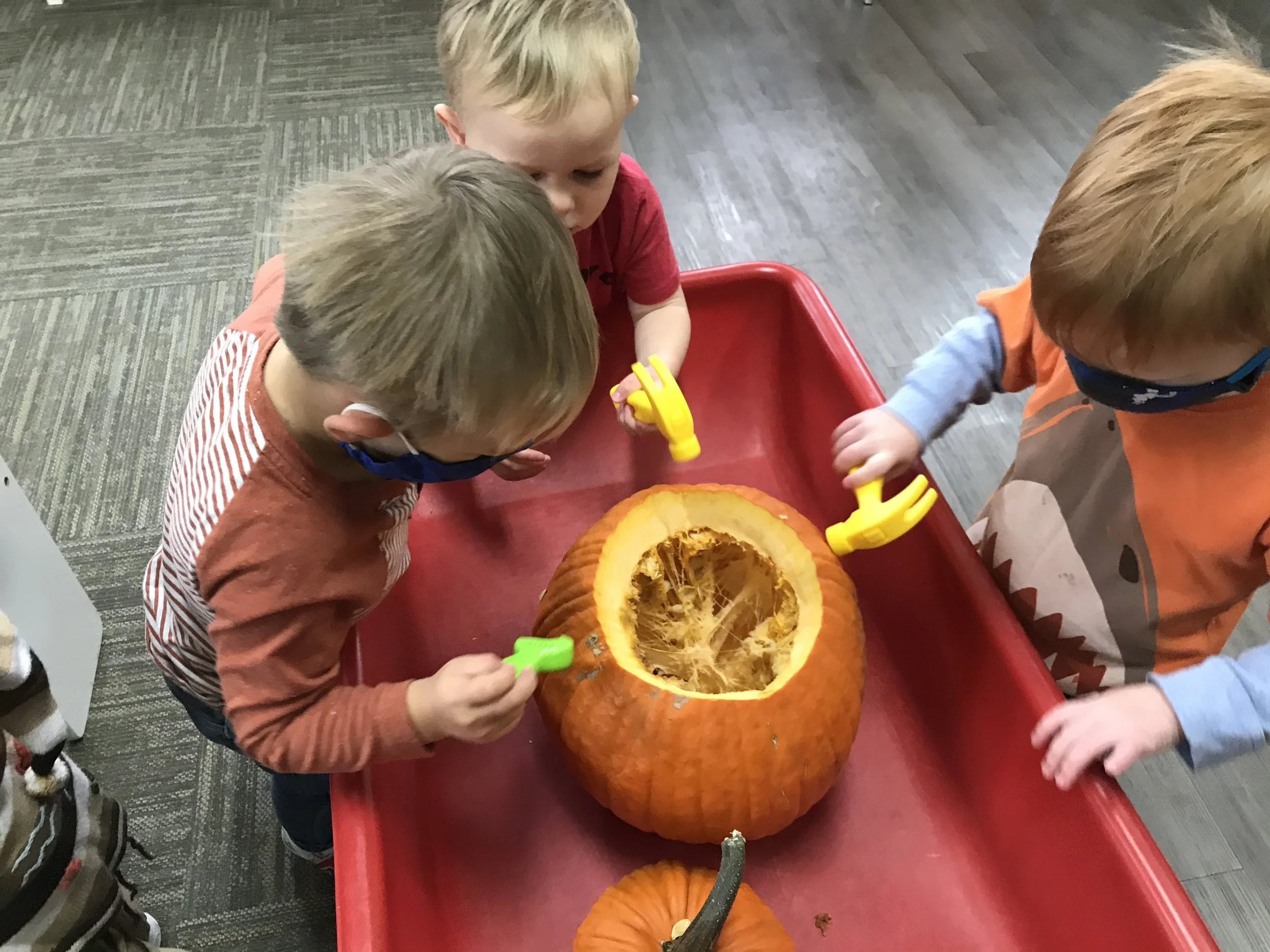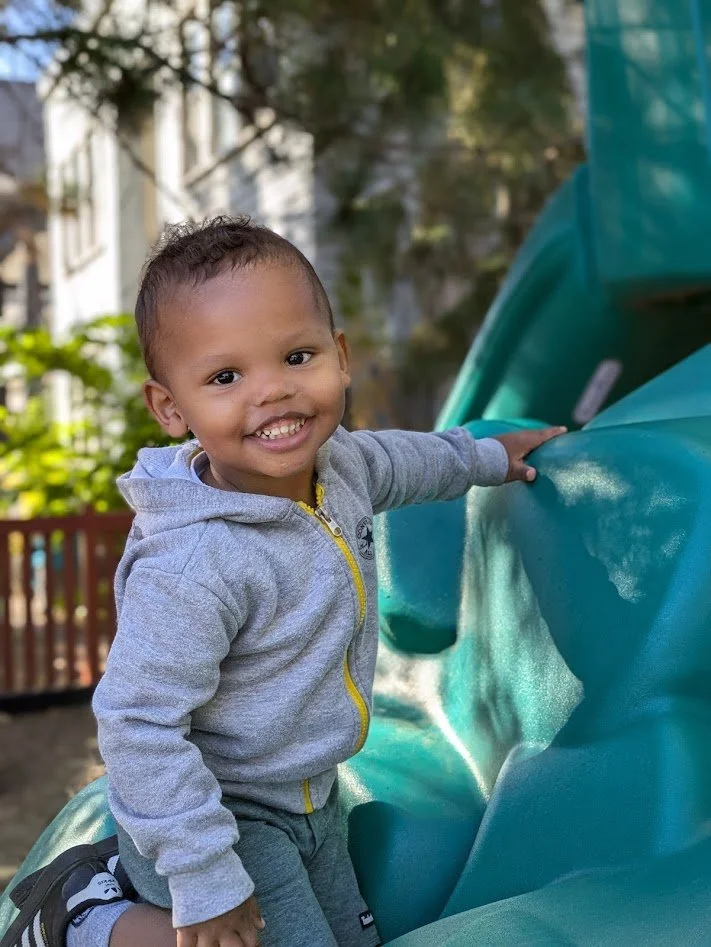ADVENTUROUS PLAY
Parent Connect 2/13/2025
The following information is from a class that the staff took in 2023 from Penn State’s Extension program: "Adventurous Play: The How's & Why's"
What is Adventurous Play?
Risk taking
Trying new things
Pushing the limits
Messy play/art
Sensory play
Heavy lifting/pushing
Spinning, hugging, squeezing, rocking, being upside down, balancing
Using dangerous tools
Being near dangerous elements (water, sticks, rocks, fire)
Heights
Speed
Rough & tumble / Wrestling/ “Big body play”
Playing alone
Touching what’s in a pumpkin is “adventurous play”.
What are the benefits of Adventurous Play?
Problem solving skills
Self confidence
Knowing one's limits - less likely to get hurt
Persistence
Being a good reader
Improved focus
Prepares one to learn how to drive
Physical strength
Having a growth mindset… the power of “yet”. “I can’t do it YET, but I will!”
Self control
Resilience
Social development - teamwork, relationships
Apprehensions/Worries/Barriers to Adventurous Play
Safety - getting hurt
Talk them through it. When a child embraces risk, our first instinct may be to remove them from the situation or warn them to “be careful.” A more meaningful response is to talk them through the risk. This way, we build children’s risk assessment and confidence. Before jumping in, take a moment to observe your child. What are they working on? What are the potential risks they face? Encourage them to think about or remember a goal for their activity (perhaps to reach the top of the play structure or the next branch). Then, invite them to tell you how their brain and their body feel as they work toward it. Siblings, same-aged peers, and friends are also good candidates for talking through risk with children.
Worry about dangerous tools - someone getting hurt
Rough & Tumble/Wrestling/Big Body Play - too rough
What are we doing at WWP to encourage Adventurous Play?
Playground - mud kitchen, downspout, sand play, climber/slides (climbing up slide), rocks, sticks, snow, ice
Gym - tumbling mats, trampoline, climber, hanging bar
Sensory table - water, sand, rice, etc.
We narrate what the kids are doing. Talking about how they’re using their bodies.
Tools - hammering
Messy art - finger paint, shaving cream, etc.
Science exploration & experiments: pumpkin carving, ice, etc.
Sensory play - playdough, glurch, sand, snow
Circle time: dancing, singing, musical instruments, yoga
Cooking projects: tasting new foods
Sledding
Field trips - going to new places, having new experiences
Ideas to try with your family:
Big Art - paint/color large cardboard box
Tools - hammering golf tees into styrofoam or cardboard
Letting them cut using a kid knife
Additional Resources:



